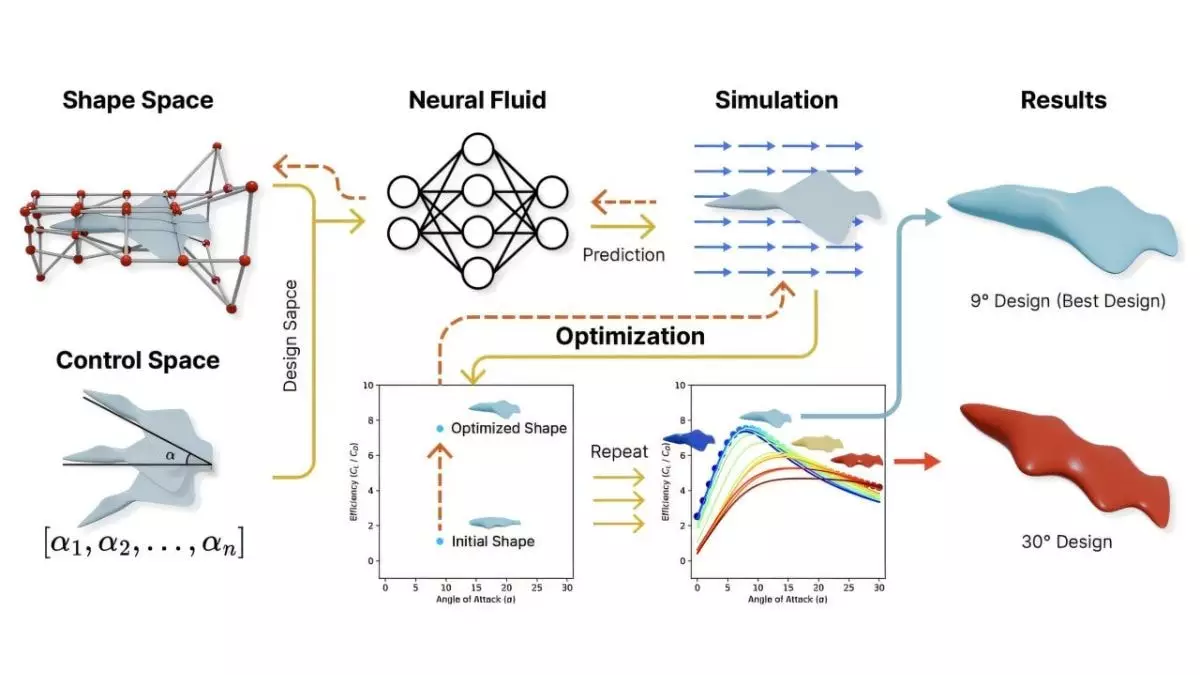At first glance, the idea of mimicking marine animals like fish and seals to develop energy-efficient underwater vehicles seems both inspiring and promising. Nature, after all, has perfected these movements over millions of years. However, this fascination with bioinspired design often masks a deeper flaw—the overreliance on complex algorithms that threaten to oversimplify the reality of ocean engineering. While researchers hail the use of AI to craft new shapes that reduce water resistance as an advancement, it’s critical to question whether this technological optimism will truly translate into meaningful, scalable progress. The narrative suggests a future free of energy constraints, but the underlying challenges of the ocean environment—pressure, corrosiveness, unpredictable currents—are far from being solved through shape optimization alone.
AI as a Double-Edged Sword in Maritime Innovation
Employing artificial intelligence to generate novel underwater glider designs is undoubtedly innovative—yet, it raises questions about the underlying assumptions. The process relies heavily on simulations and digital models that may not account for the chaotic, unpredictable nature of real-world oceans. This creates a potential disconnect: what performs well in lab or wind tunnel tests might falter amidst complex, turbulent water conditions. Moreover, there’s a tendency to view AI-generated solutions as a sort of panacea, neglecting the importance of human insight and empirical testing. Reducing design costs and time is beneficial, but it risks creating an environment where excitement about technological shortcuts overshadows the necessity of rigorous, real-world validation.
Energy Efficiency and the Real Cost of Innovation
One of the touted benefits of these new bioinspired gliders is their reduced energy consumption, which ostensibly allows for longer missions and more data collection. This point, while legitimate, underplays the fundamental issues of energy storage, power sources, and maintenance in the hostile ocean environment. Promoting lighter, more efficient shapes is only part of the solution; durable materials, reliable energy systems, and ease of deployment are equally critical. Without addressing these, the promise of “less power used” risks being a superficial claim. Additionally, the tendency to emphasize low-cost, rapid prototyping might lead to a proliferation of vessels that are quickly obsolete or prone to failure, ultimately undermining long-term research objectives.
The Limitations of a Technology-Centric Perspective
Focusing on shape optimization and machine learning-driven design risks overshadowing the broader socio-environmental responsibilities of ocean exploration. The allure of cutting-edge technology can divert attention from pressing issues like climate change, pollution, and conservation. While smarter gliders could indeed improve our understanding of oceanic changes, the underlying environmental impact of deploying fleets of these devices remains under-discussed. There is an overconfidence embedded in the narrative that smarter, more efficient tools automatically equate to better stewardship of our oceans, but this overlooks the complexity of ecological systems and the need for sustainable practices.
The Future of Oceanic Research: Promise or Pitfall?
Although the pursuit of bioinspired, AI-guided underwater vehicles is undeniably thrilling, it’s crucial to maintain a skeptical lens. Technological breakthroughs are vital, but they are no substitute for a comprehensive understanding of the oceans’ complexities and the importance of cautious, empirical research. The race toward innovative shapes and rapid development risks prioritizing form over function—potentially leading us into a new era of overhyped expectations, rather than genuine enlightenment. As we stand on the precipice of this wave of innovation, skepticism must temper optimism, ensuring that our pursuit of progress does not outpace the fundamental realities of underwater exploration.

Leave a Reply